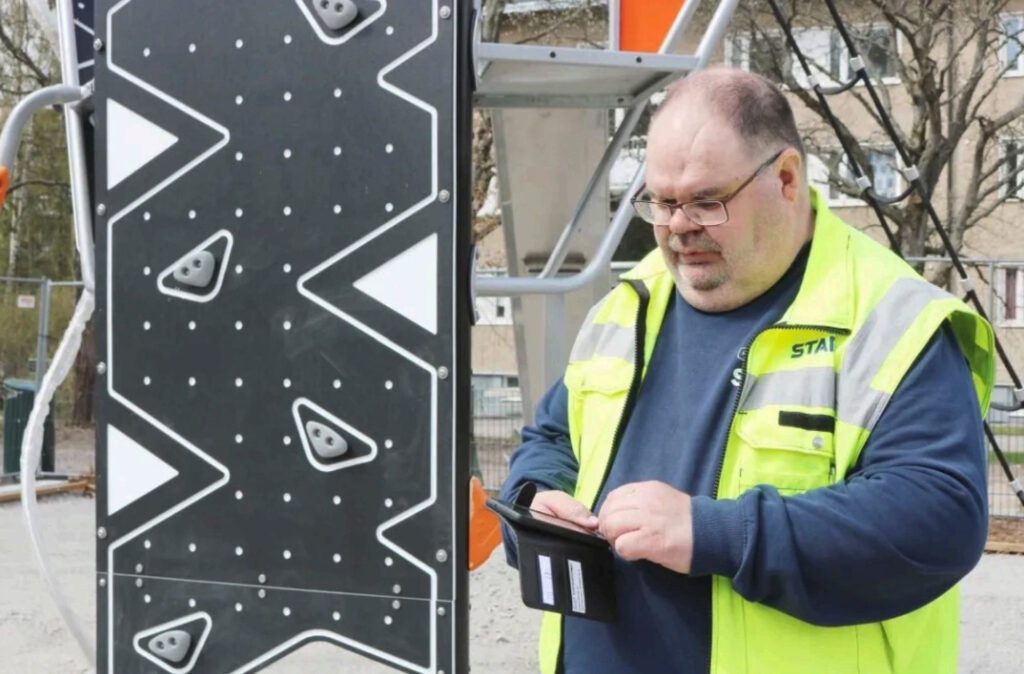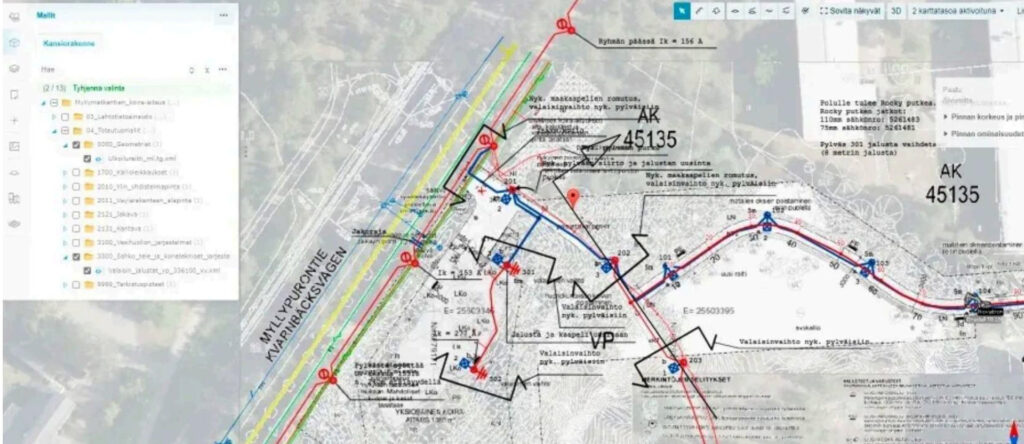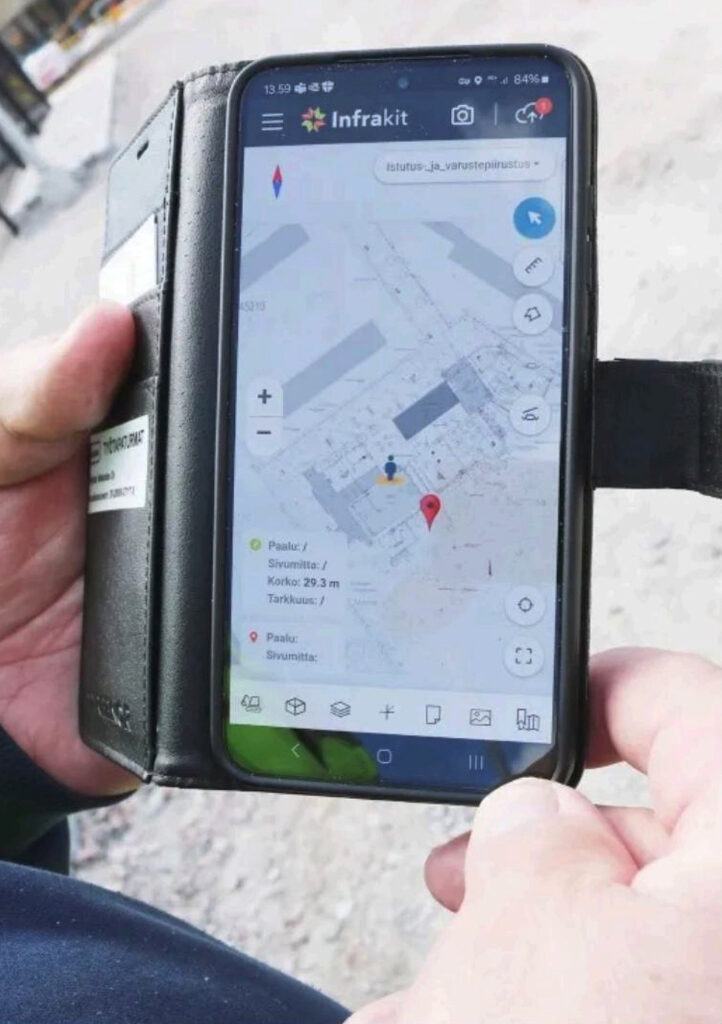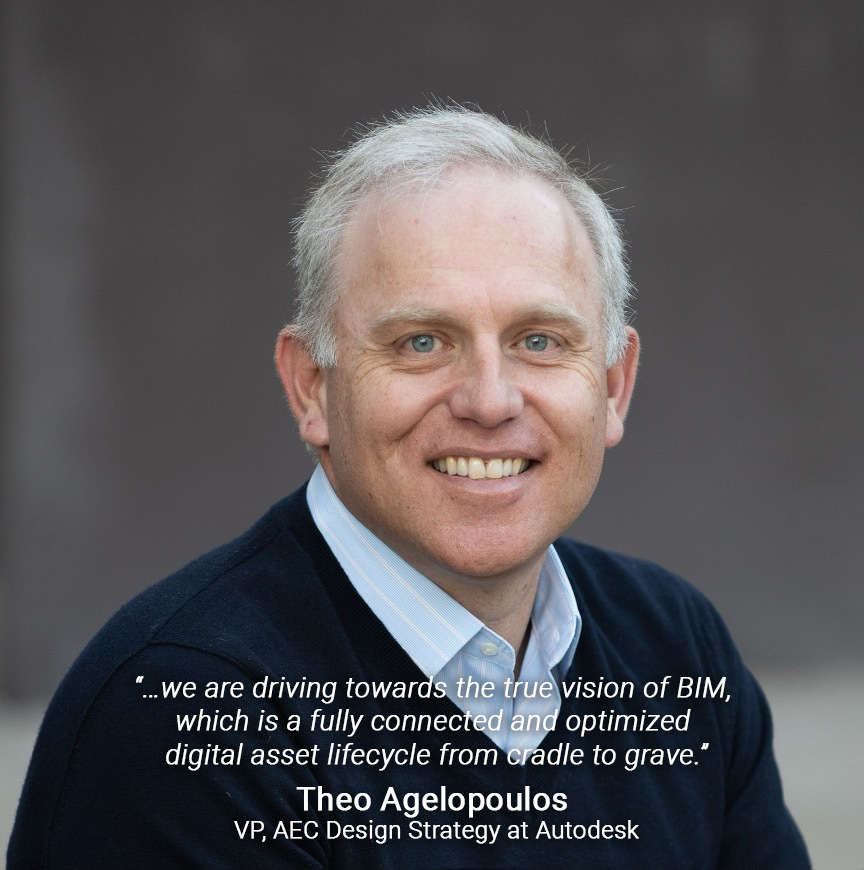Can you share a bit about your journey in the AEC technology industry and how you got started?
I started my career by studying Civil Engineering. My first deep exposure to technology came in my final year of university. Initially during my final year thesis where I was testing and modeling b-pillars in car roll-over accidents and then my internship at the Naval shipyards working on the ANZAC Ship Project for the development and construction of 10 new ANZAC Class guided missile frigates. I was exposed to 3D modeling and analysis of complex structures using finite element analysis. I realized very quickly that I wanted to focus my career on the technology side of engineering and looked for career paths that would allow me to blend my civil engineering studies with technology. The rest is history…
Considering the current technological advancements, where do you see the future of AEC technology heading in the next 5-10 years?
Although I don’t have a crystal ball, I believe that we will see more adoption and disruption in the next 3 years than we have seen in the last 10 years in AEC. The reason I believe that is we are entering a new era of AI that will significantly change the role of people and technology in AEC. With the challenges of an aging workforce, larger and more complex projects and climate change the industry needs to find alternative ways to automate and optimize the way it works. Machine Learning and Generative AI will fundamentally alter how we make decisions and how we deliver projects. I don’t believe we will replace humans rather AI will augment and optimize the way they work. In order to leverage AI it requires that we implement better technology platforms, and higher quality data.
Collaboration is crucial in AEC projects. How have collaborative tools and platforms evolved, and what role do they play in enhancing project efficiency, especially with diverse stakeholders like designers, engineers/surveyors, project managers and client owners?
You can’t deliver projects in AEC without some level of collaboration and coordination across the capital project lifecycle. Continuity of data through the project lifecycle requires better digital processes to avoid redundancy and to minimize risk. That was the premise behind BIM, Building Information Modeling was created to help manage a digital delivery process with a 3D model at the core. The technologies that have evolved over the last two decades are there to support the BIM process. Historically most of the data has been locked in files which requires a very transactional level of collaboration across different disciplines and stakeholders. The single biggest challenge has always been around interoperability across different vendor applications to support a digital delivery process. In recent years the industry has aligned around various interoperability standards like IFC to help break down some of these silos, at the same time we have seen many of the vendors in the space put in place direct interoperability to better facilitate customers need to use multiple vendor applications together to deliver their projects. The next phase of collaboration is evolving to not happen at the file level but enabling much richer access at the object level. As most vendors develop more open platforms in the cloud it enables a more direct and richer level of data interoperability that we haven’t seen before.
Sustainability is a growing concern. How do you perceive the role of AEC technology in promoting sustainable practices within the industry?
Our ability to deliver more sustainable outcomes requires that as an industry we make better and more informed decisions up front. Digital technologies play a critical role in enabling practitioners to make data driven decisions earlier. We should always have a mindset of delivering more sustainable buildings and infrastructure than we have done in the past, it should be non-negotiable. At the core of achieving this outcome-based approach is BIM. Implementing BIM with a 3D model at the center of the process allows architects and engineers to optimize site potential, minimize non-renewable energy consumption and waste, recommend and use environmentally preferable products, protect and conserve water, improve air quality, enhance operational and maintenance practices, and create healthy and productive environments. Some really exciting recent developments are happening in site development whereby using AI we have the ability for the computer to evaluate thousands of scenarios and optimize against multiple criteria including sustainability. What would take an architect or engineer many weeks or months of analysis can now be delivered in a fraction of time. This doesn’t replace architects and engineers it augments what they do, allowing them to drive towards high quality outcomes and then create additional capacity for them to focus their time on higher value activities.
With the rise of BIM (Building Information Modeling), how do you think it has impacted the design and construction phases of AEC projects, and what do you anticipate for its future?
We are entering a new dawn and the next phase of BIM. As I shared earlier, AI will dramatically disrupt the way we plan, design, build and operate critical assets. You will begin to see BIM redefined as outcome-based BIM driven by advances computing, platform technologies and AI. We have seen significant maturity in the design phase of BIM over the last several decades, especially in building design but over more recent times we have seen significant advances in infrastructure. Currently we are experiencing an acceleration in constructions and emerging is progression in operations and maintenance with the advent of digital-twin technologies. What this all means for the future is that we are driving towards the true vision of BIM, which is a fully connected and optimized digital asset lifecycle from cradle to grave.
As technology advances, there’s often a learning curve for industry professionals. How can the AEC sector ensure a smooth transition for its workforce into more tech-driven practices?
I believe that technology companies in AEC need to evolve and deliver products to market that are more like what consumer tech companies deliver. Companies like Microsoft, Apple, Google, Tesla etc spend a tremendous amount of time on user experience. They can bring products to market that are intuitive and require very little if any training to be adopted en masse. All of us have smart phones today, how many of us got trained in how to use these devices and the multitude of apps we have installed? Well, the answer is obvious, very few in the consumer space were onboarded to adopt new technologies. As young graduates enter the workforce who have high technical skills, we need to accelerate their ability to use digital technologies by adopting similar product experiences that they use socially. I believe that the way that we interact with project data will also evolve, we will begin to see more and more immersive experiences that will change the way we work. Examples already exist such as augmented reality and virtual reality, we are beginning to see the AEC industry adopt these emerging technologies to assist in design review and collaboration, training and even construction. These new immersive experiences will dramatically reduce the learning curve for young professionals entering our workforce making them more productive sooner than we have seen in past years.
Lastly, reflecting on your career, what advice would you give to young professionals entering the AEC technology field today?
As I reflect over the course of my career, and I have seen many technology disruptions, I would advise young professionals there will be constant change and they should embrace it not fight it. Experiencing anxiety is a good thing, it means you are challenging yourself and you are learning. This is a critical part of your professional development, if you are comfortable, it means you are not growing, and you will be left behind. I would also say that you must fail to succeed, in technology success comes after a lot of failure and that failure makes you better and more resilient. We are entering some of the most exciting times in the AEC industry that will be heavily influenced by technology. The work we do makes the world a better place, you can all have a tremendous impact if you embrace it.





Recent Comments